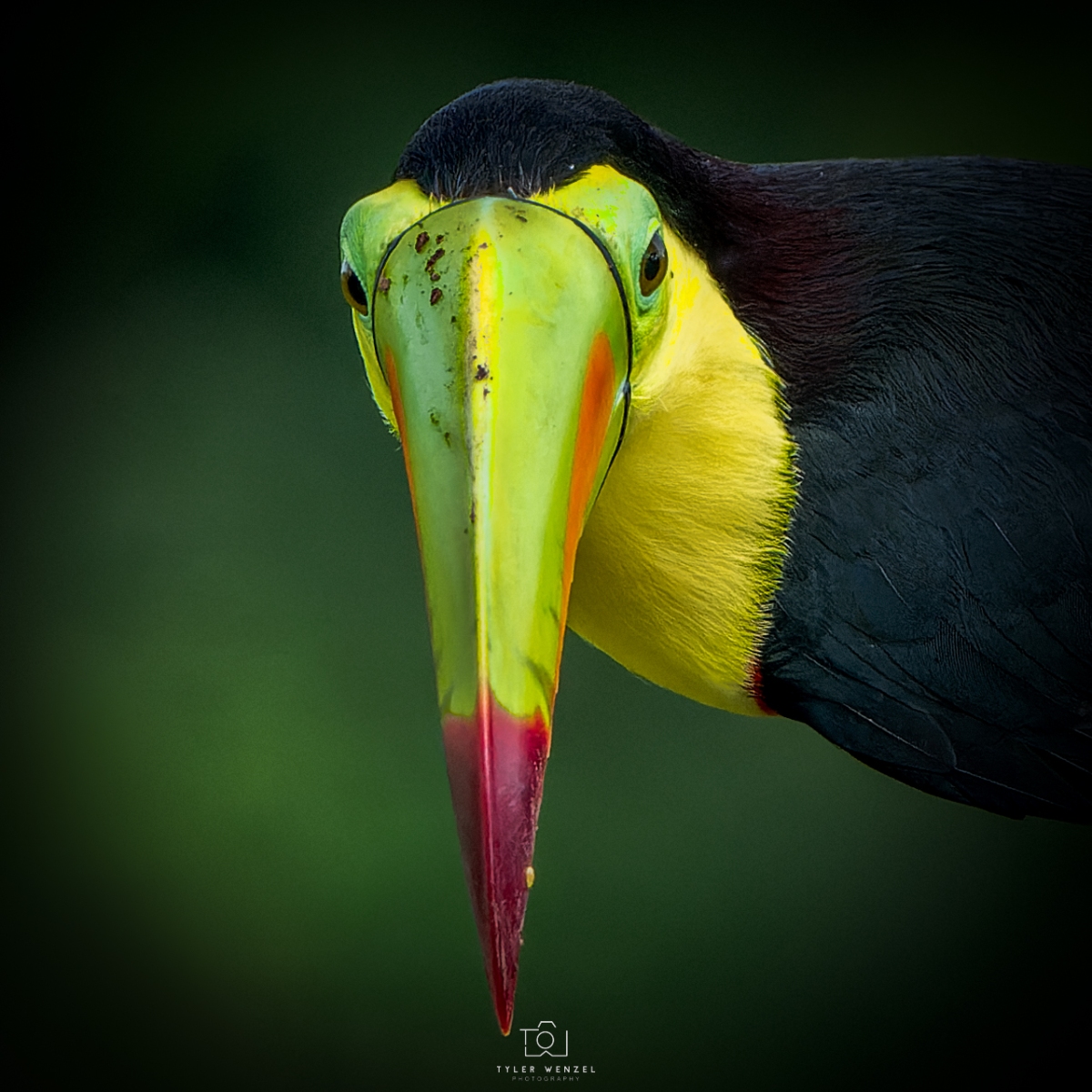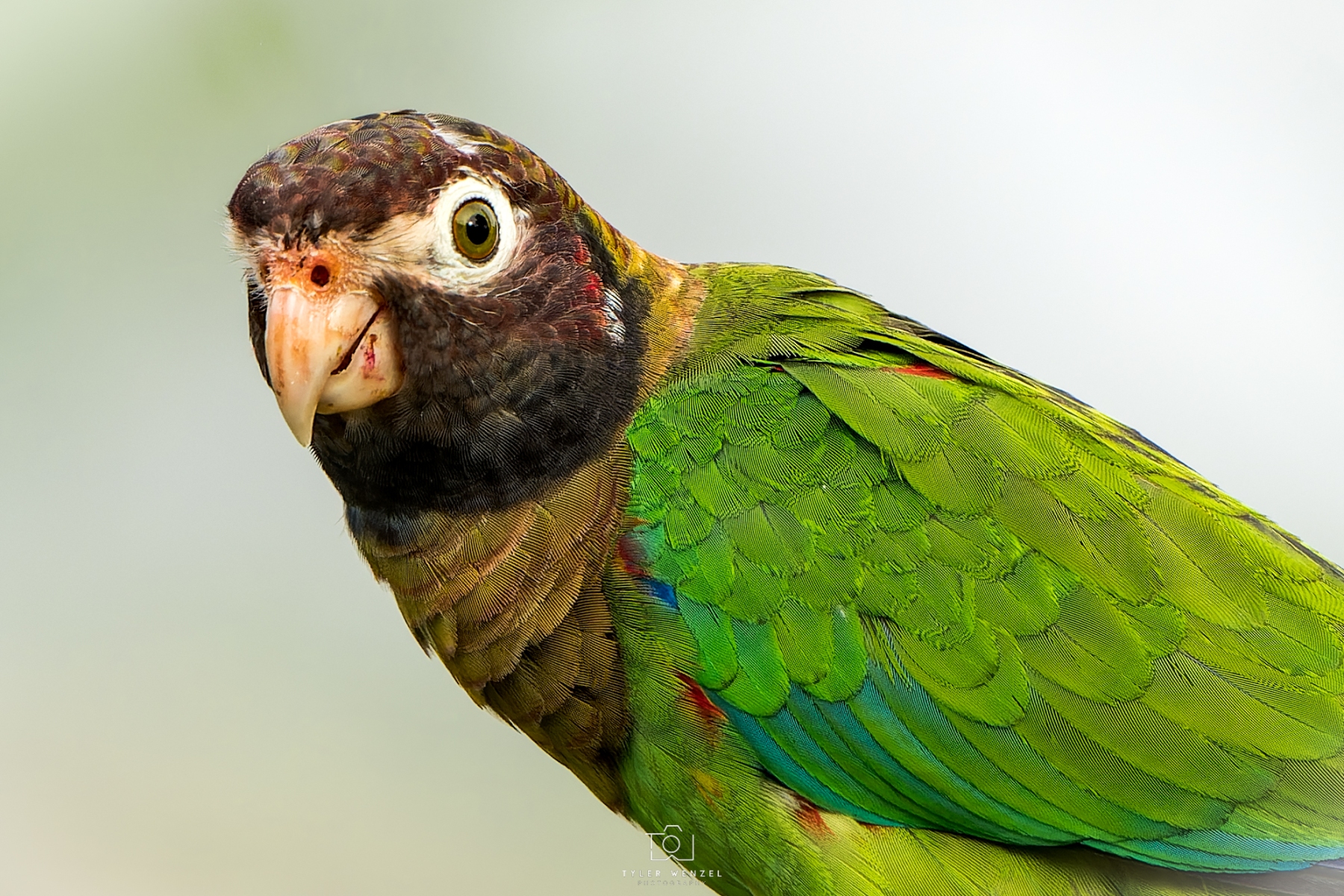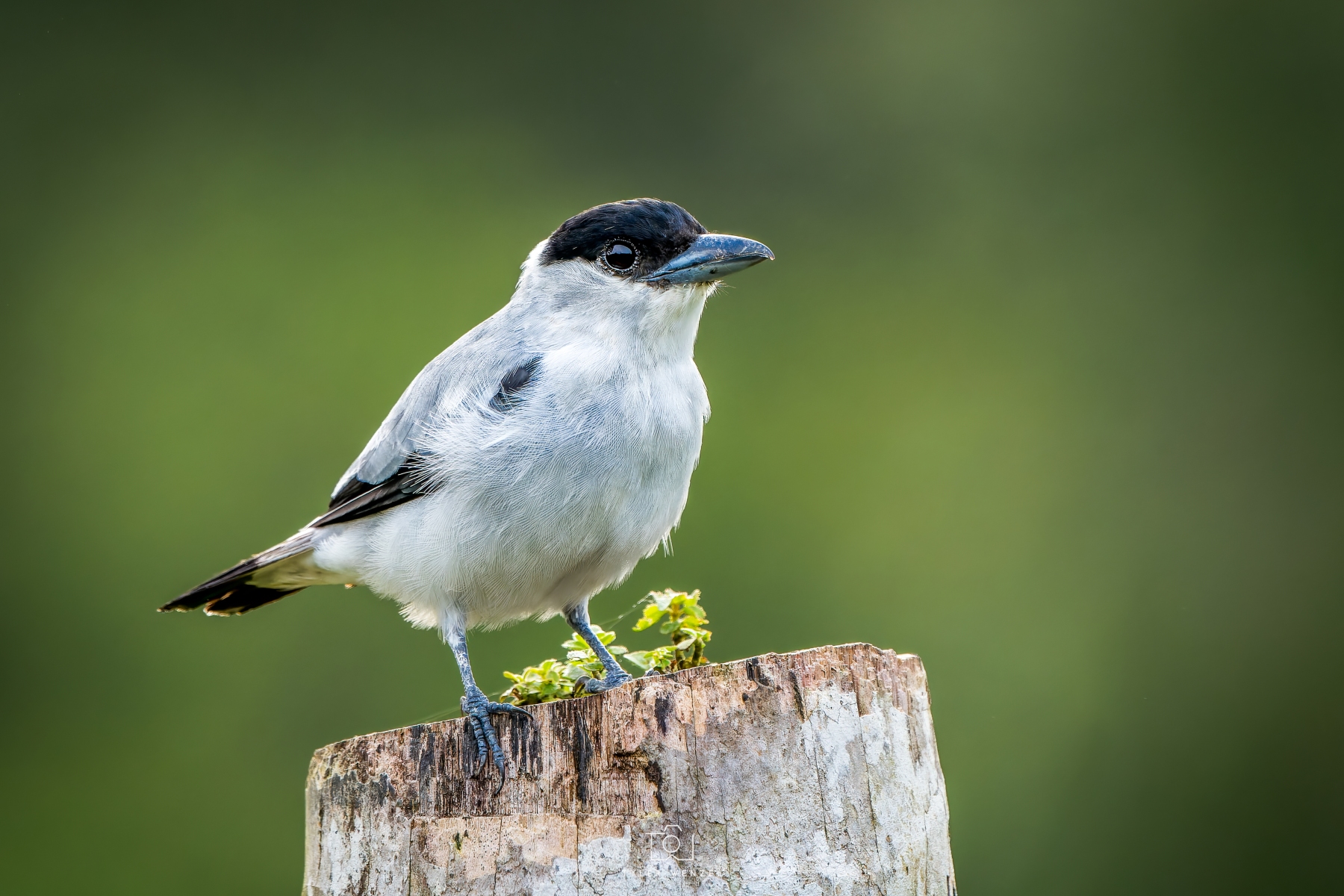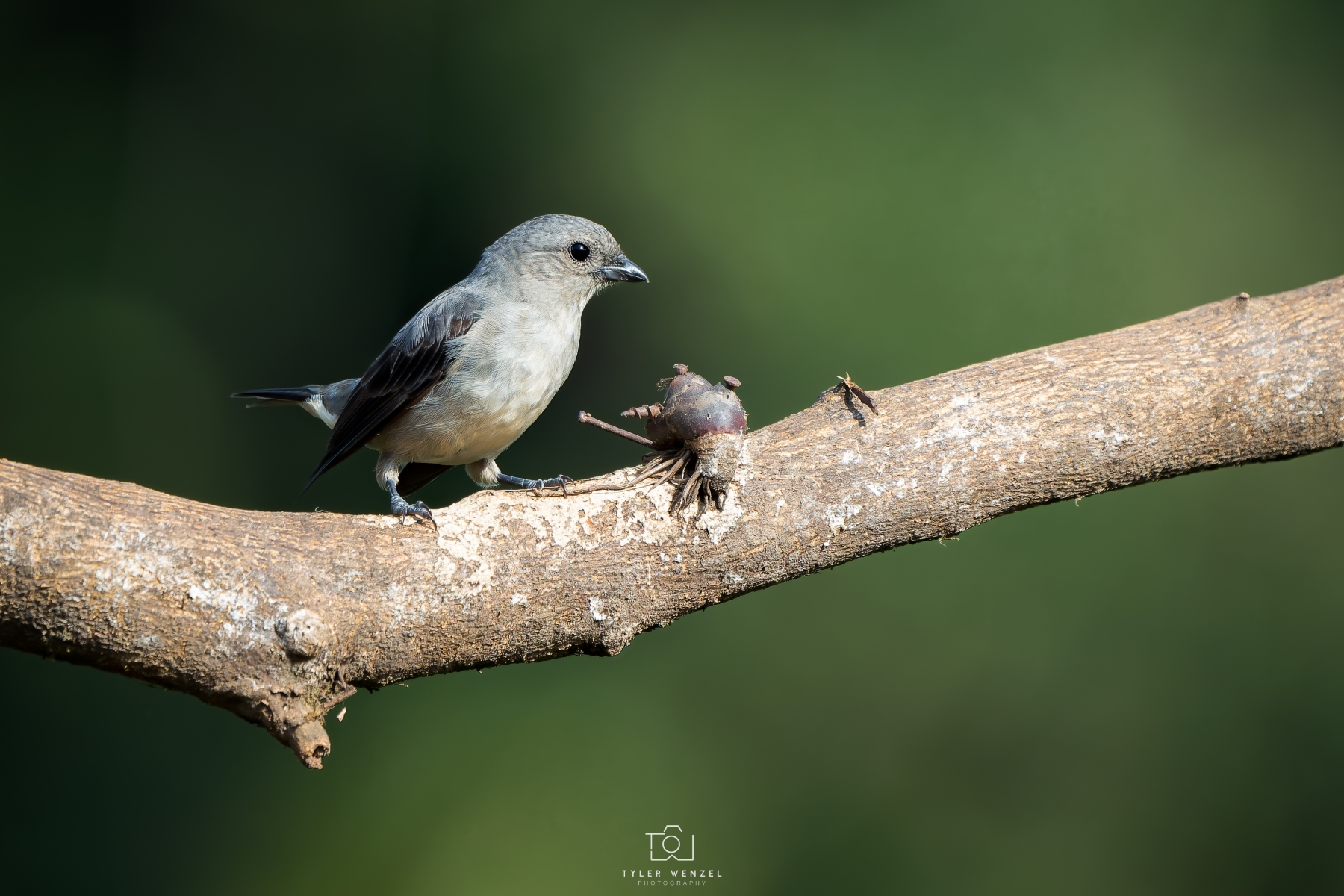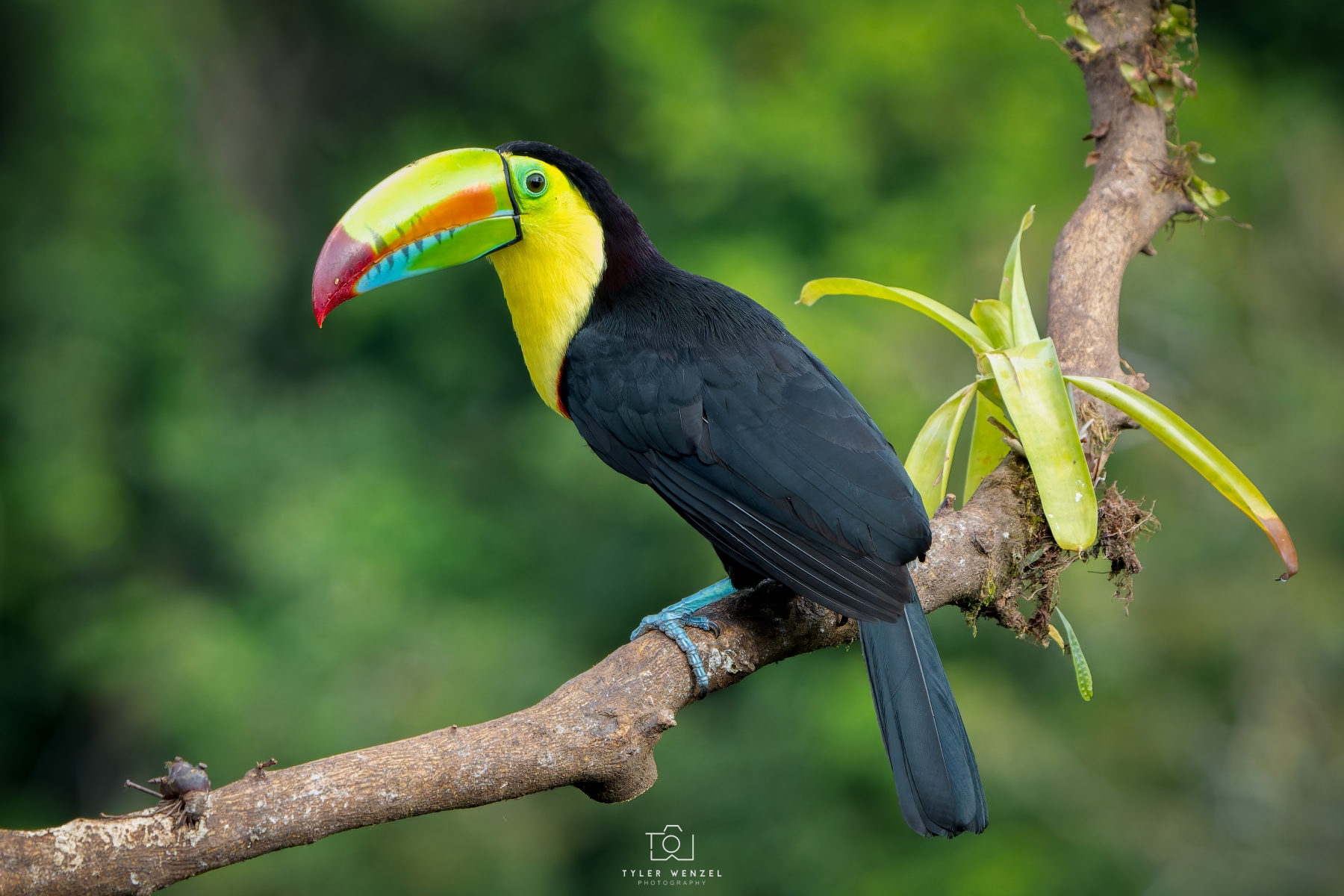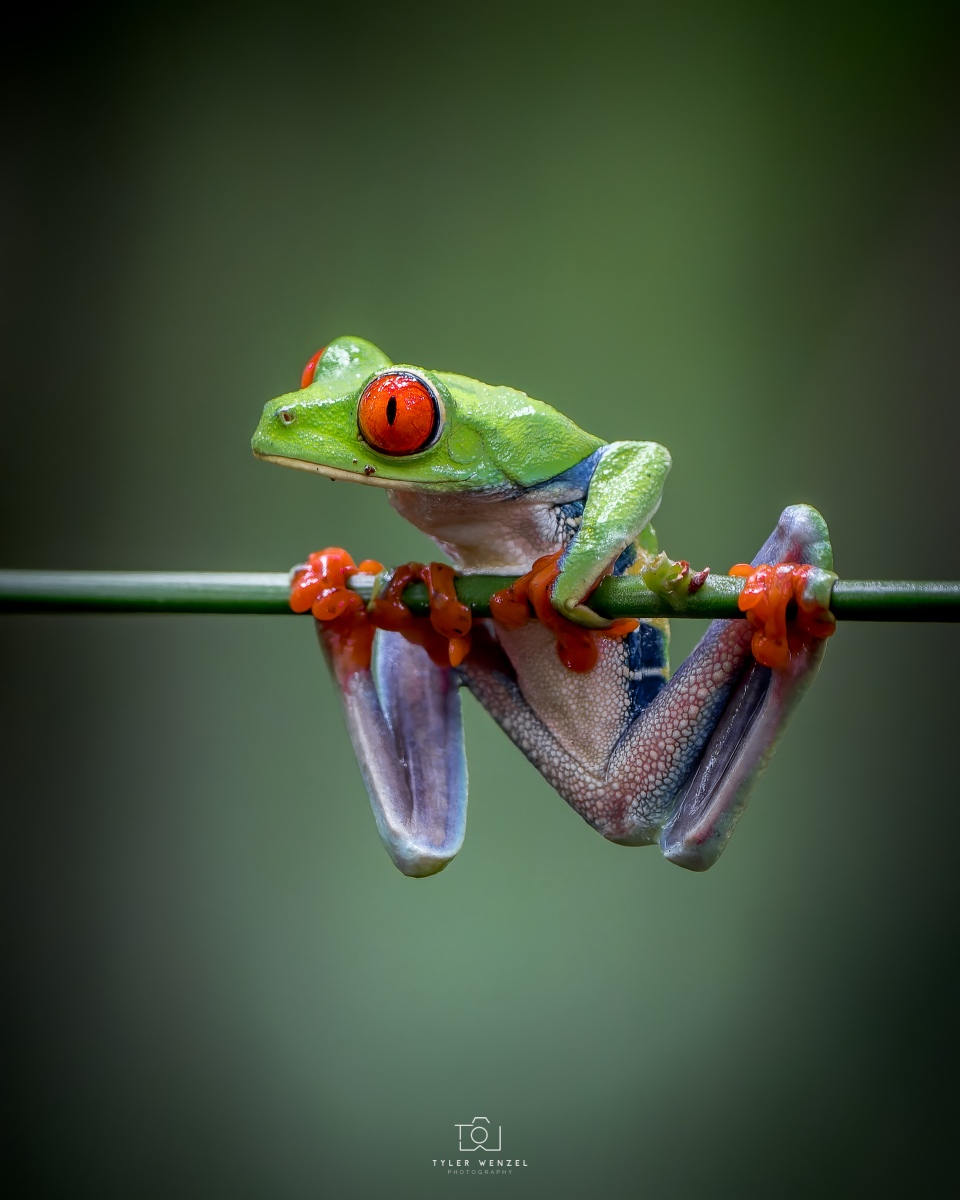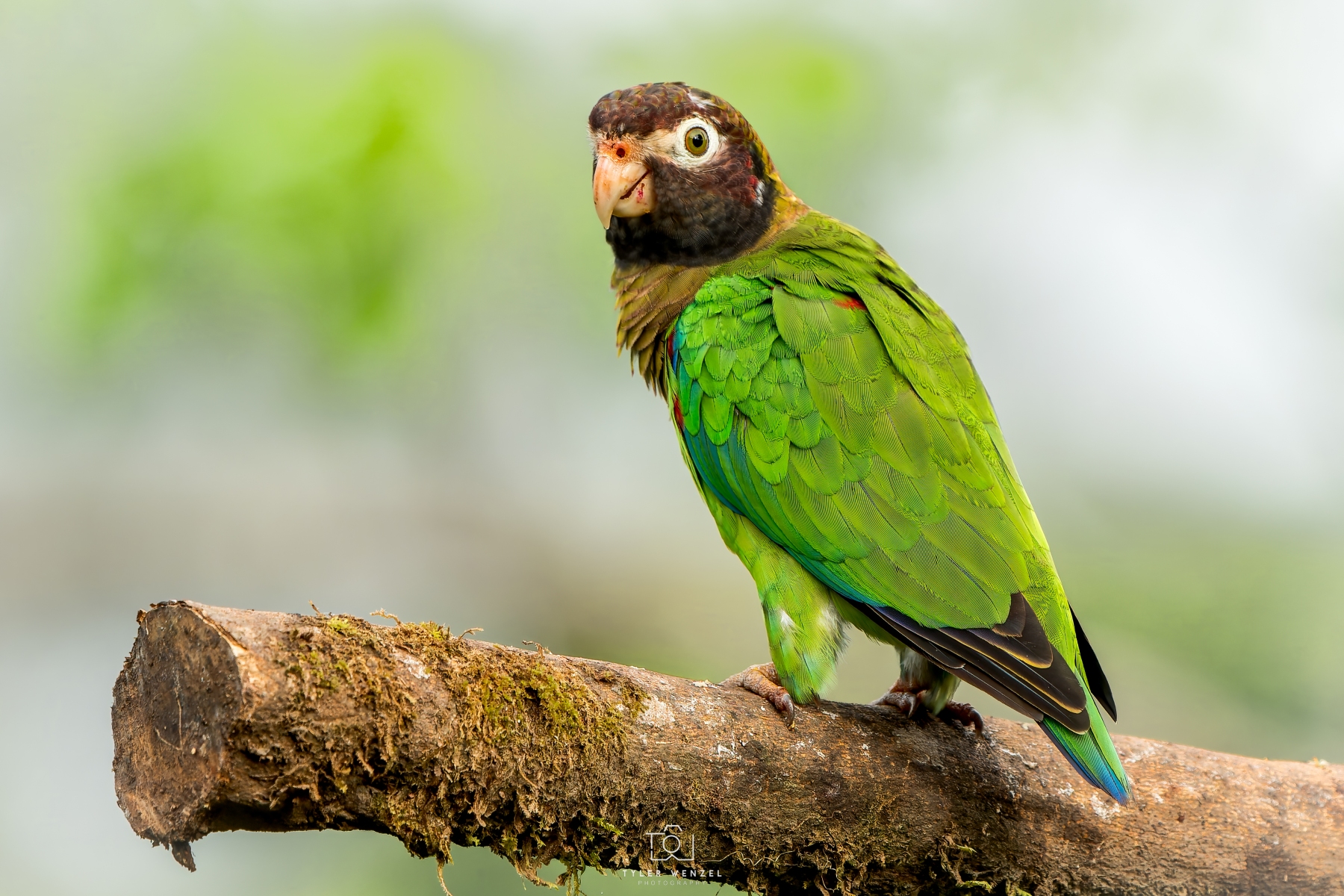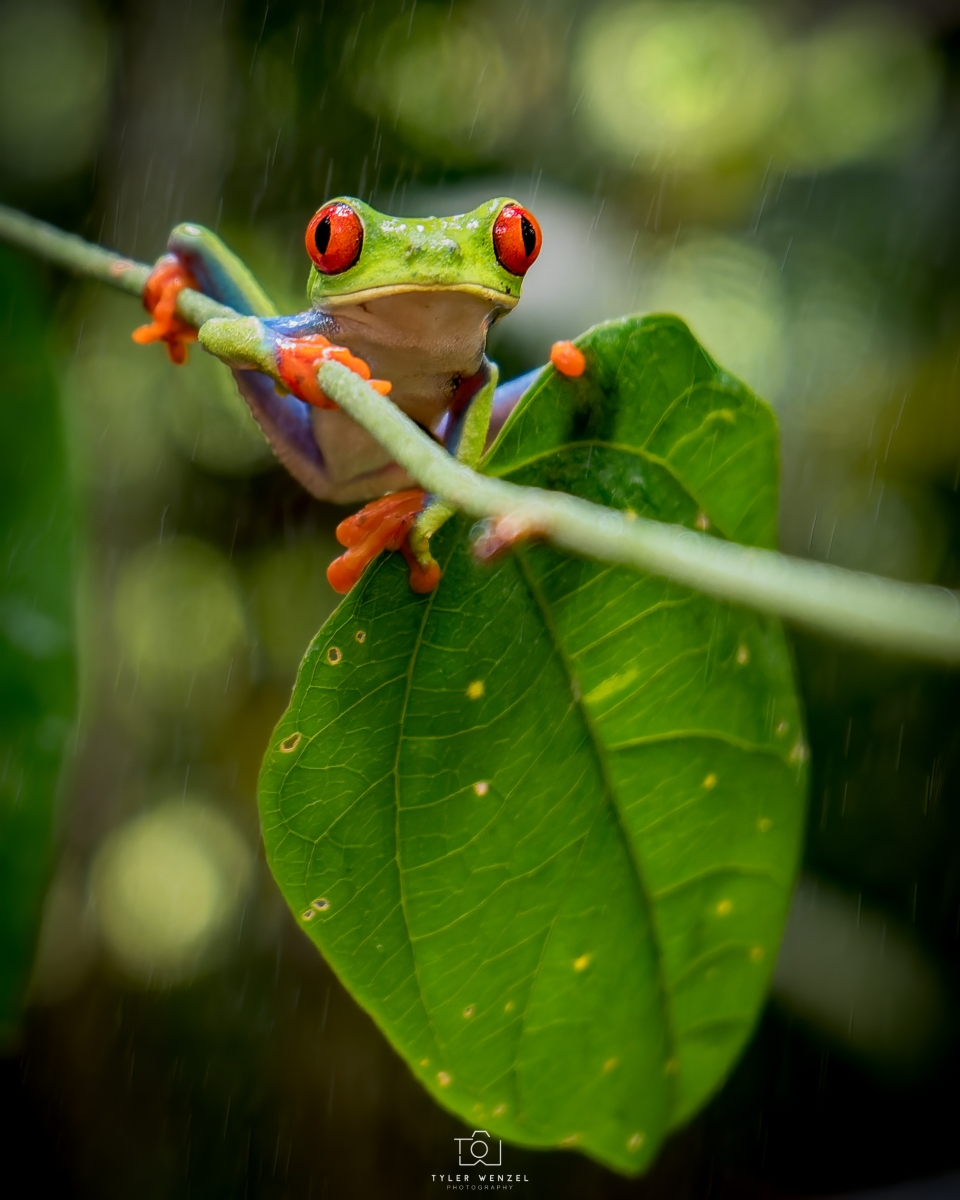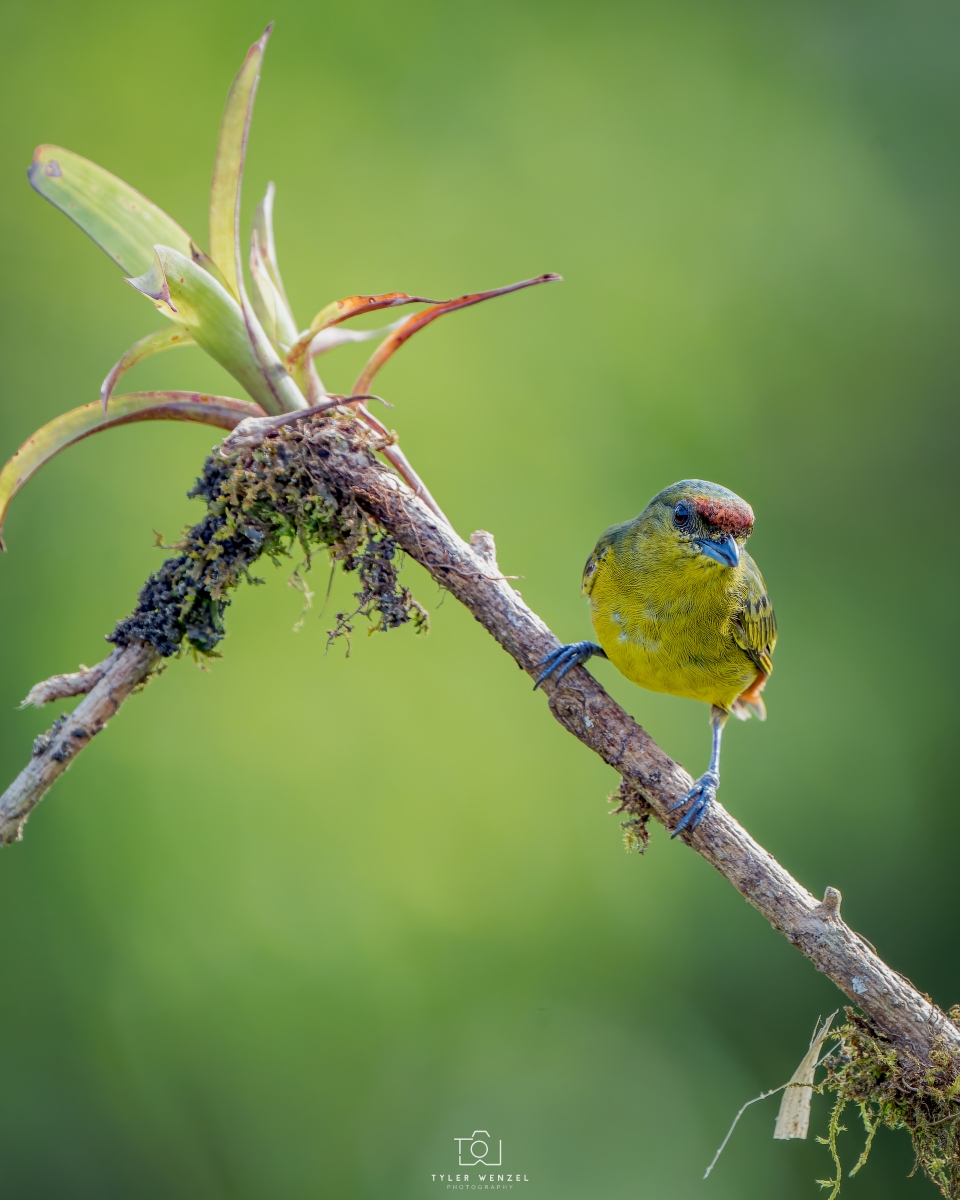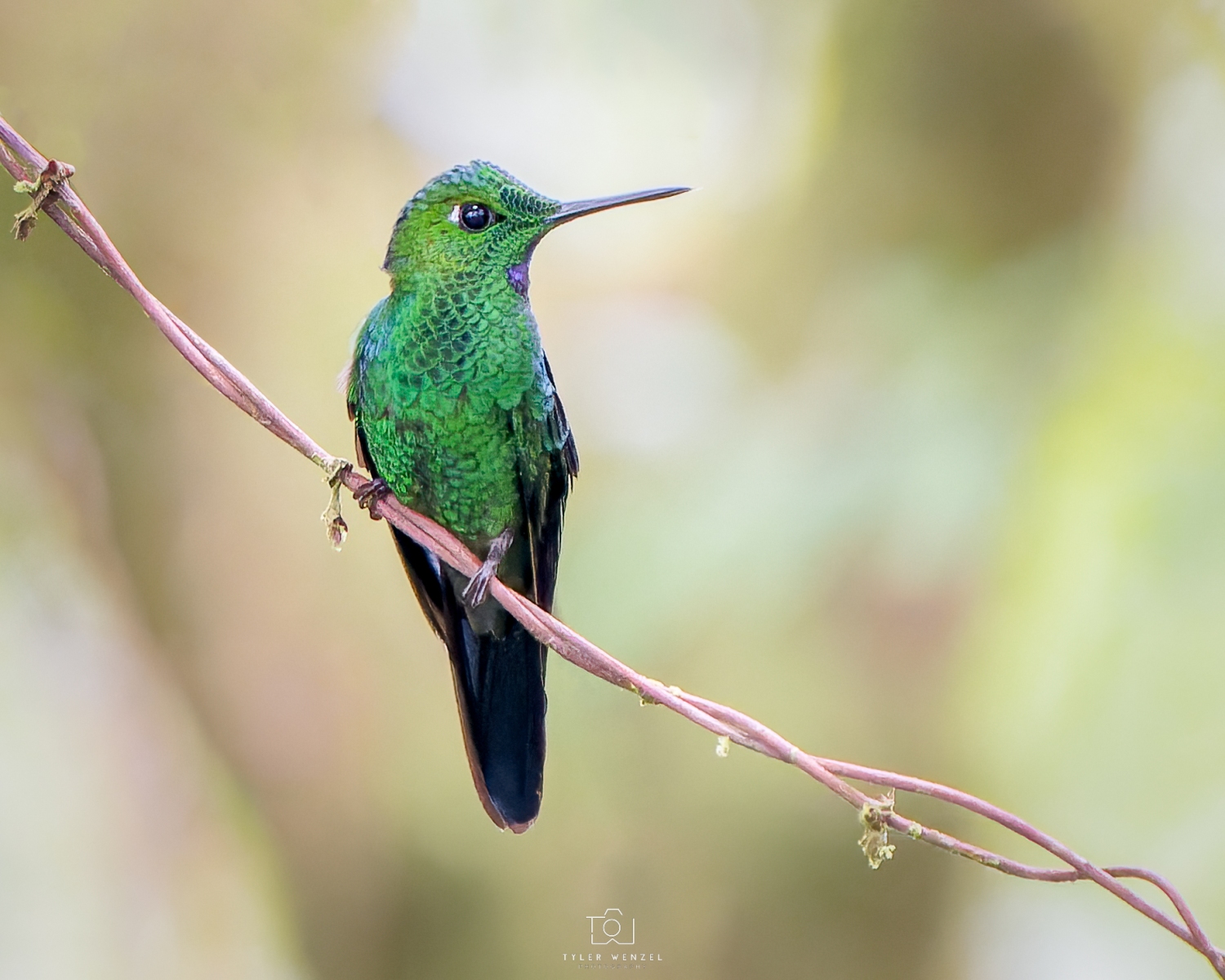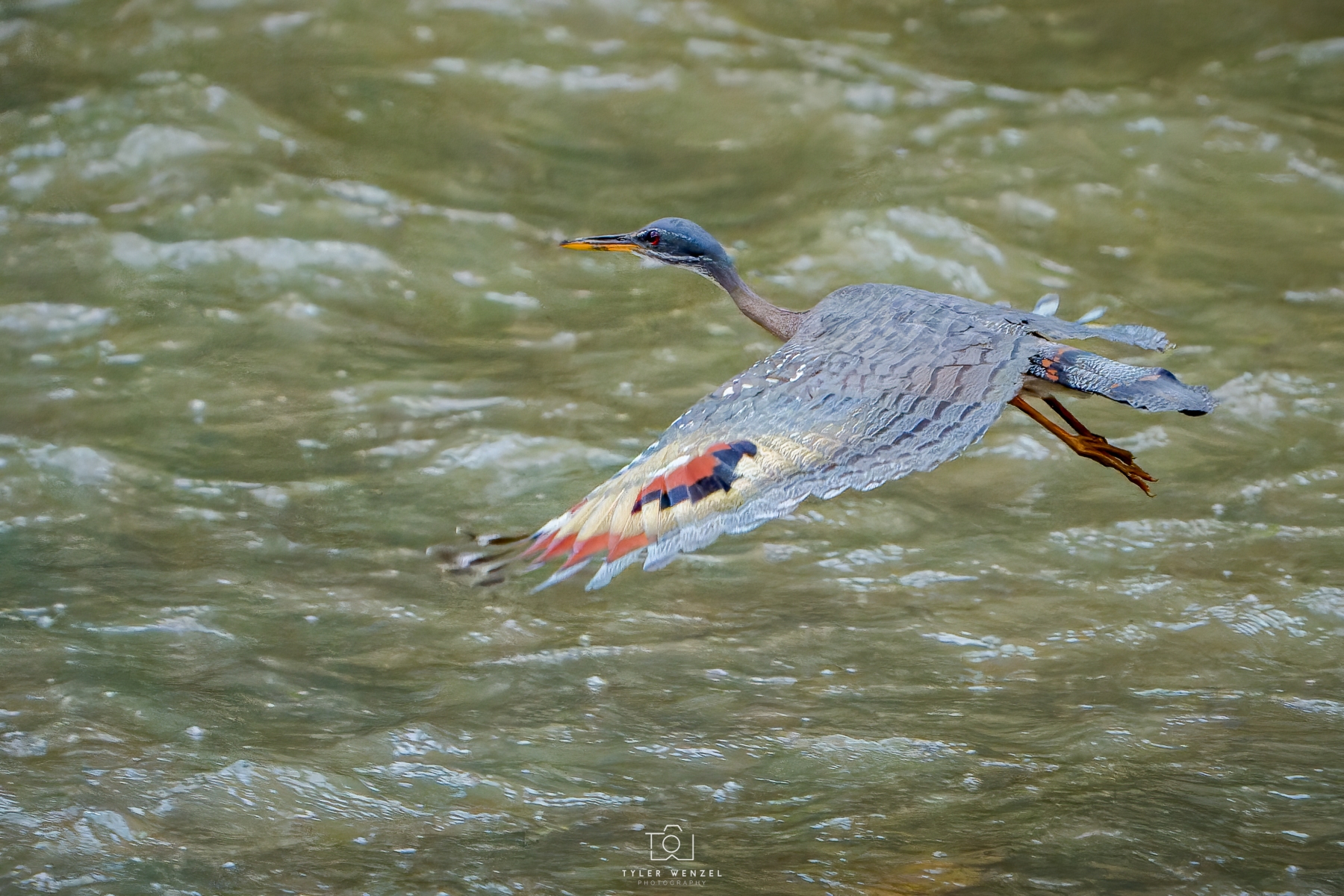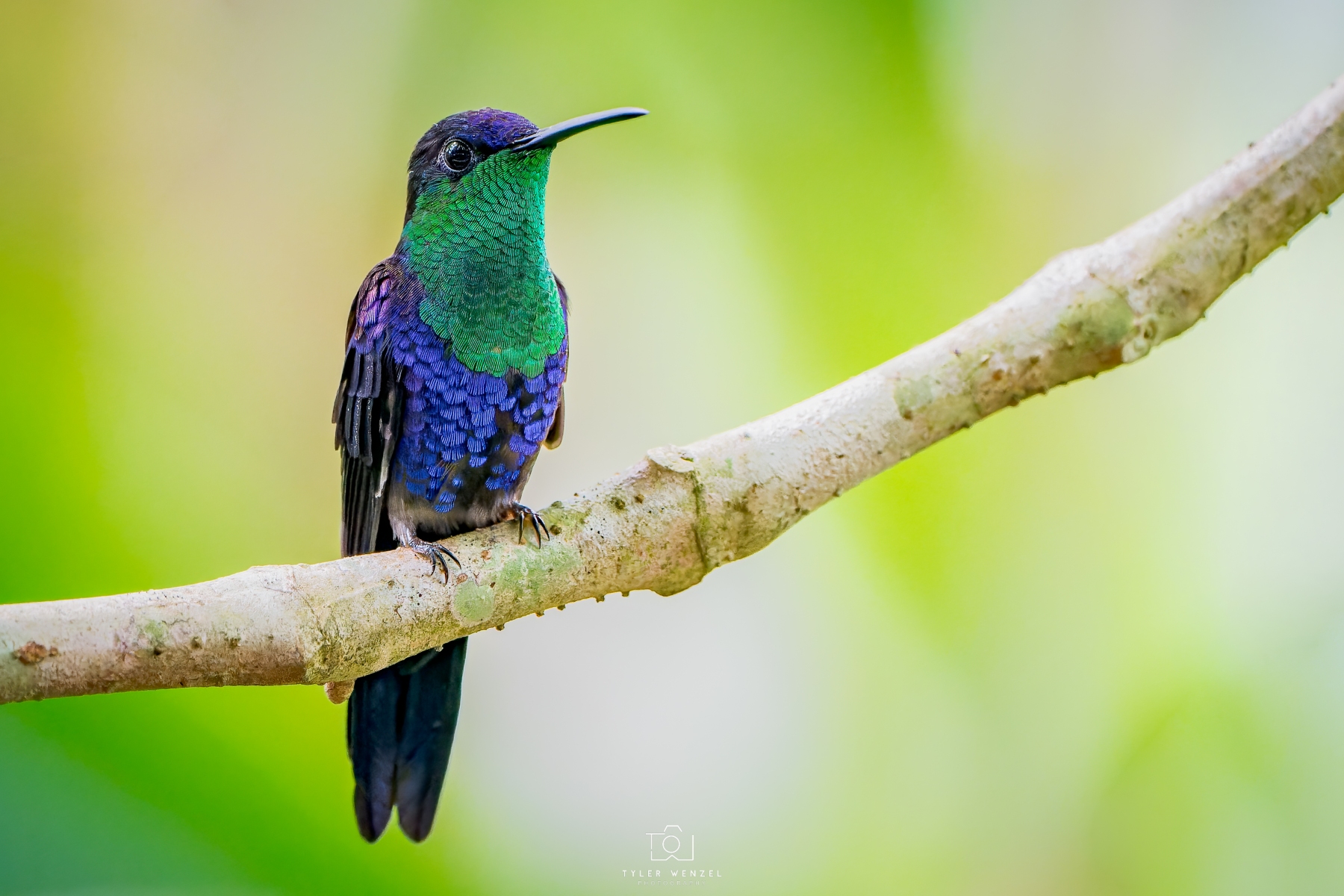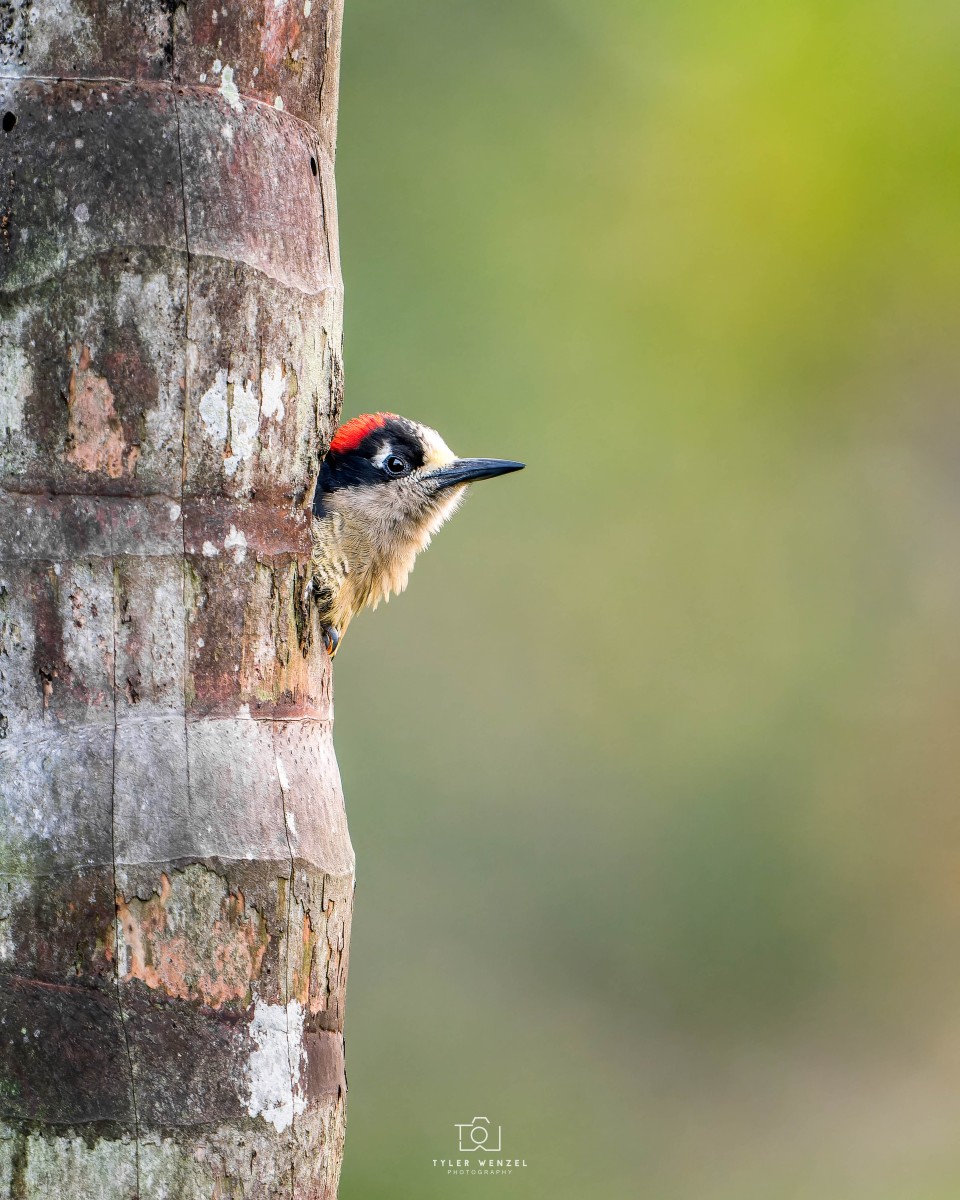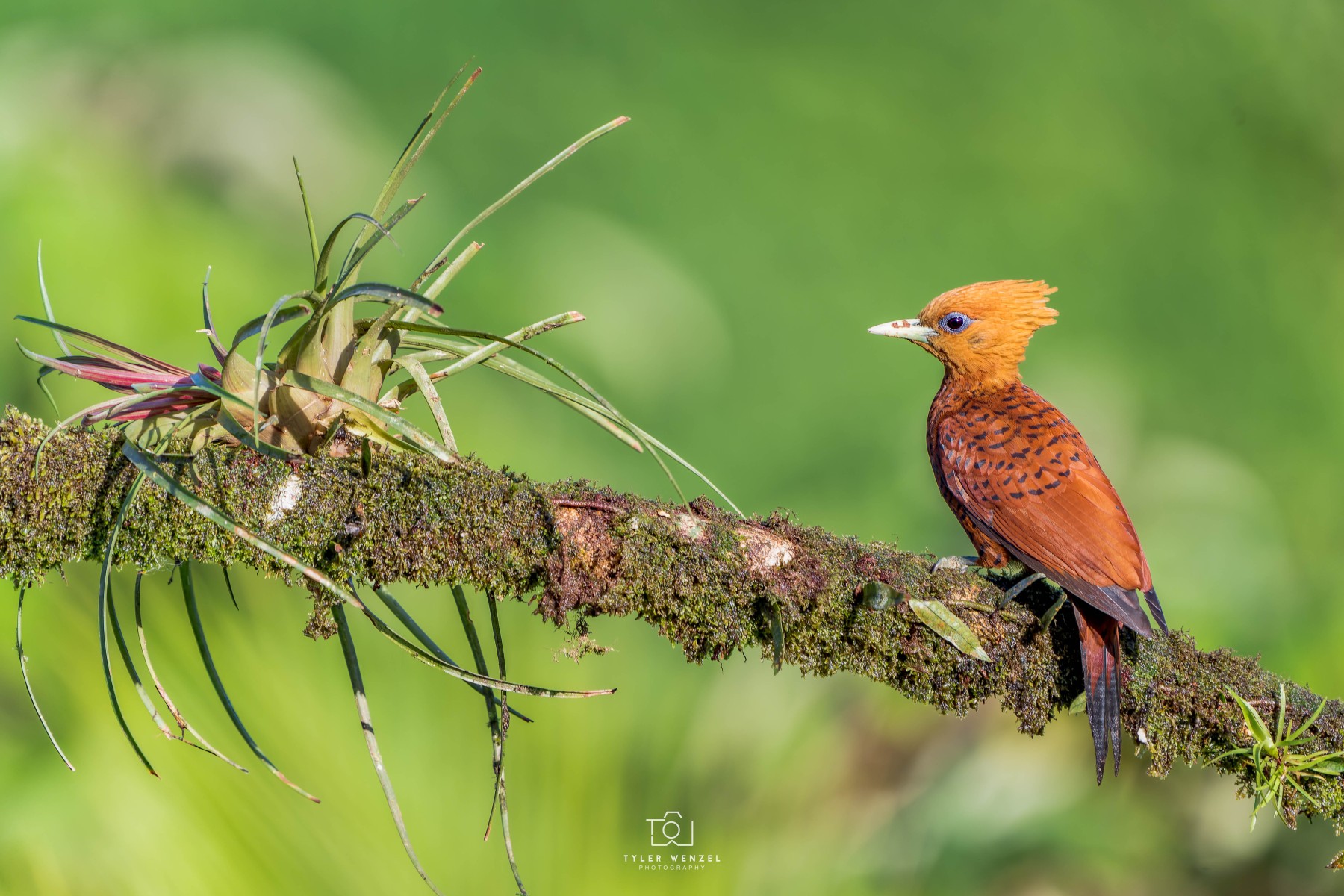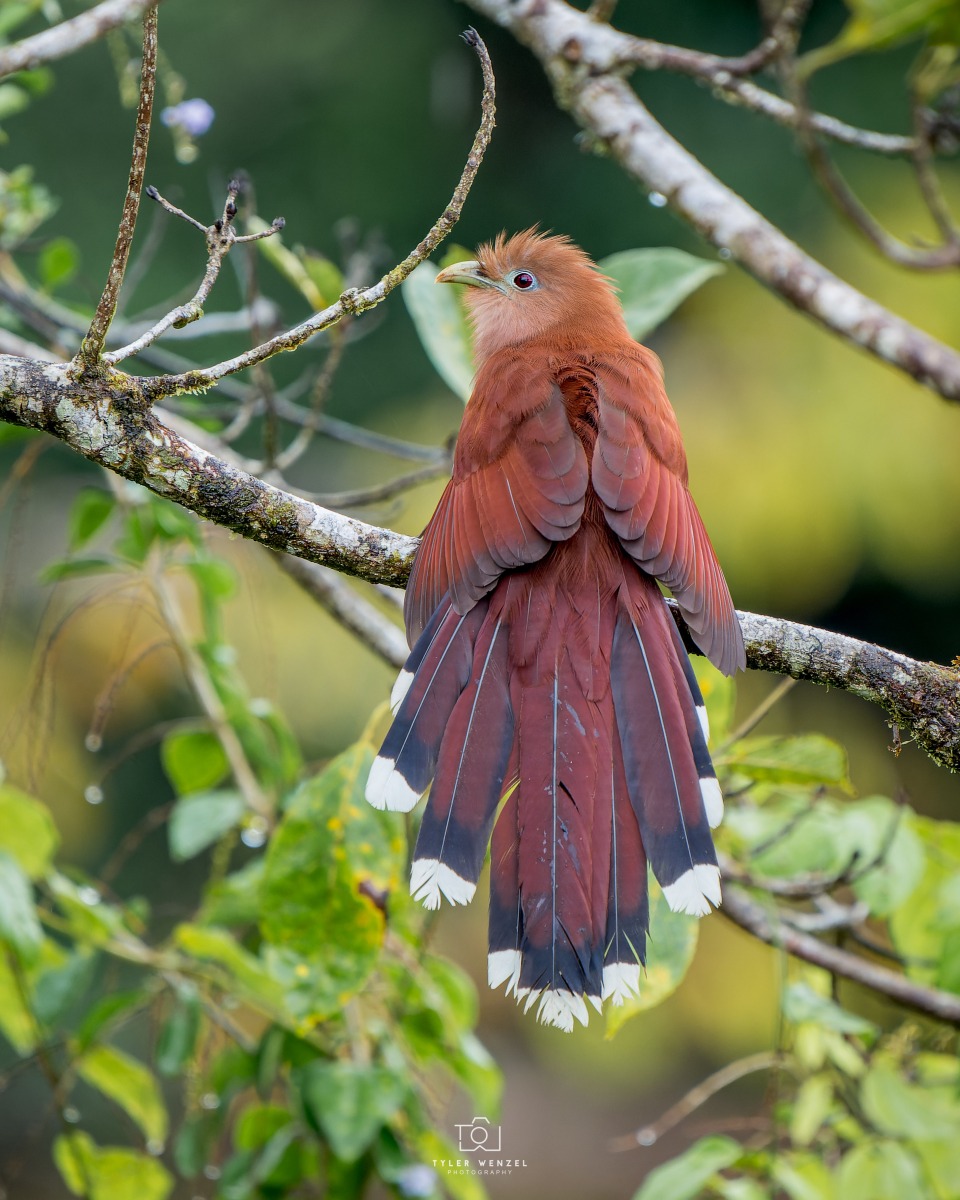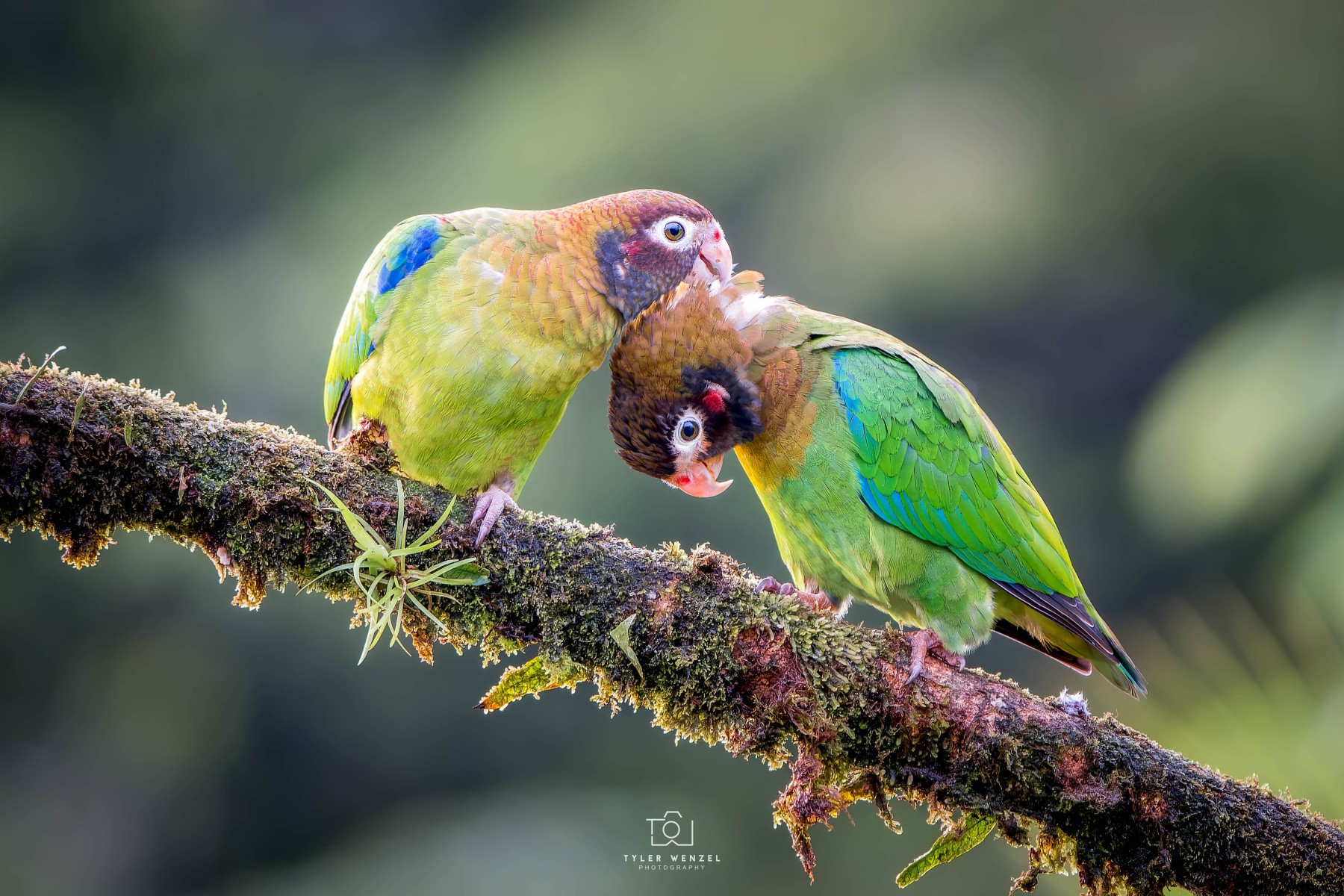August 2022 – I was grateful for the wood board that I was sitting upon when I suddenly found myself almost knee-deep in the mud along a stream bank. Well, I didn’t so much “sit” as fall backward when I landed and suddenly sank. Fortunately, that was how I wrapped up my day rather than started it. How did I come to find myself alone and stuck in the mud next to a stream in the rainforest? Let me tell you.
“Where is that?” was the typical response to telling my non-birder (and many birder) friends that I was going to Boca Tapada on Tuesday. Typical of the extremities of Costa Rica’s northern regions it is replete with hidden treasures. In the northern plains of Costa Rica, almost all roads go north-south. From the foothills of the Central Mountain chain, one can go north to Upala, Los Chiles, Boca Tapada, and into the Barra Colorado National Wildlife Refuge but few to no roads connect those north-south routes.

Boca Tapada is quite literally a backwater. It sits along a slow-flowing, wide stretch of the San Carlos River 15 km (9 miles) south of where the river spills out at the border between Costa Rica and Nicaragua, the San Juan river. Typical of rural Costa Rica, what the area lacks in economic development, it more than makes up for with a welcoming and well-educated populace. Sadly, while driving to Boca Tapada you must drive through kilometer after kilometer of what used to be pristine forest but now is an agrochemically contaminated wasteland of monocrop pineapple plantations. When the pavement ends, the natural beauty finally begins to return.
Boca Tapada harbors some of the last lowland virgin rainforest in Costa Rica. The Maquenque Wildlife Refuge is part of the larger San Juan – La Selva Biological Corridor that connects various national parks and wildlife refuges in both Costa Rica and Nicaragua. The region is a crucial nesting habitat for the critically endangered Great Green Macaw. The estimated 200 individuals in Costa Rica make up about 20% of the remaining global population for this large and elegant member of a family of birds that have been utterly decimated by deforestation.

Great Green Macaws are completely reliant on large, wild almond trees for nesting. The trees’ wood is so hard that until special chainsaws were invented to cut them, they were rarely logged. Sadly, with technological advances, these trees were heavily logged throughout their range during the latter half of the 20th century. However, the area around Boca Tapada is the last place in Costa Rica where this tree is still dominant. As a result, the area around Boca Tapada is one of the most important conservation areas for this beautiful species.
While I could (probably) have found Boca Tapada on a map, I confess that I’d never been there despite living less than two hours south of there for the last decade. The recent sighting of a Harpy Eagle, the first sighting of this apex predator in Costa Rica since 2018, brought the area to the forefront of my mind. While I was one of the few birders who didn’t end up dropping everything to try to find the Harpy Eagle in July, I did start making plans to visit soon. I wanted to scout out the different ecolodges for future photography excursions and tours. (Shout out to Patrick O’Donnell’s excellent blog Birding Craft which had a wealth of information about the area.)
With my alarm set for 3:50 am and my gear pre-packed and by the door, my wife and I set off at 4 am for the about two-hour drive to the Laguna del Lagarto Lodge. Laguna del Lagarto Lodge is the oldest eco-lodge in the area and has a very well-laid-out feeder setup for photographs of many colorful species like toucans and Brown-hooded Parrots. I didn’t have to wait long after arriving to start filling my camera’s memory card. Within a few minutes of setting my camera on a tripod, three colorful Brown-hooded Parrots landed on the feeder right in front of me.

Laguna del Lagarto is an awesome spot for observing and photographing toucans. I spotted three of Costa Rica’s six toucan species while I was there. I’ve always wanted to capture a portrait-style shot of the colorful Keel-billed Toucan. I thought I got the shot, but when I sat down to edit I was initially disappointed seeing the imperfections on its beak. As I edited the photo I slowly realized that those imperfections added a dose of character to the image that completed the dramatic look I was going for. That’s one of the joys of working with completely natural subjects; there is beauty in nature beyond what our imaginations could conceive.

Shortly after arriving, we met up with Adolfo, the hotel’s manager. Adolfo is an avid bird lover with well-stocked feeders at his house a few minutes from the lodge. I’d intentionally kept our plan for the day very flexible to see what conditions were like once we got there. The sighting the day before of some beautiful Snowy Cotingas in the nearby Maquenque Wildlife Refuge made our second stop a near inevitability. Alas, they managed to evade us as all of the guides who knew how to get us to the tree these silent recluses were feeding in were busy for the morning and the Snowy Cotinga tends to skulk back into hiding by lunchtime.
While the Snowy Cotinga was written off for the day, we were told an excellent local guide, Edward, had a perfect spot for not only seeing, but photographing the dramatic Sunbittern. Edward was busy doing a macro photography session for the morning with three photographers at Adolfo’s feeders nearby. We decided to meet up with Edward there to take some pictures at the feeders while he finished up his macro tour and then we’d go look for the Sunbittern after lunch.
That turned out to be a serendipitous decision. I didn’t want to interject myself into the macro photography session, but when they started photographing a Red Eyed Tree Frog, I couldn’t help but try to get some shots from a distance with my telephoto lens. Little did I know that the gregarious Jim Abernathy, Emmy-winning wildlife and nature cinematographer, would not only notice but invite me to join their photography session and have lunch together. Jim, Manolo, Alec, and I quickly hit it off and began swapping stories, and tips, and sharing some amazing pictures and videos.

The Red Eyed Tree Frog is such a draw for me not only because of its brilliant colors, but also its carefree nature around humans. In its little red eyes, we are apparently rate about the same as a plant. Ten years ago, I captured my first photo of a Red Eyed Tree Frog. Despite all the advances in camera technology and my knowledge of photography since then, that photo still remains a favorite of mine. Often as a photographer, we hang on to shots less because of their final quality and more because of how capturing that moment made us feel. Right after capturing that shot near Arenal Volcano National Park in 2012, the frog leaped onto my head and then begin climbing around on me.

When I saw the frog cautiously but steadily working his way down the vine toward me I kept filming as a sense of excitement welled up inside me. It was going to happen again! Sure enough, as I kept the camera fixed on the clip holding the vine, the frog bolted from its perch as it decided my shoulder was just as suitable as any vine. I’m so grateful that Alec (@Alec_Drogosz) had the quick thinking to capture a shot of it, and my unbridled joy, before it quickly continued on its merry way completely oblivious to the joy it brought to my life.

When your day starts well before the crack of dawn, by mid-morning you’ve worked up quite the appetite. So by around 10:30 am we all packed up and headed off to Edward’s personal project—Mirador el Pizote Ecolodge. Nestled in a small clearing along the east bank of a bend in the San Carlos river, it has a great line of sight for water-loving birds like Mangrove Swallows. I was trying to photograph some of them as they flitted upwards and then plunged downwards to soar inches above the river’s surface in search of food. Their rapid movements were confounding my attempts to capture a photo of them as I stood on the dock waiting for lunch to be served. Or better put, until I was finally told enough times that the food was getting cold to give up on trying to catch one of those aerial acrobats in flight.

After lunch, as usual for Costa Rica’s rainy season, a thunderstorm was rolling in. After bidding farewell to Jim, Manolo, and Alec, Edward took us south to a cousin’s farm where the magnificent Sunbittern could be observed. For those not familiar with this Central and South American water bird, it is a diminutive but at times brilliant bird. The Sunbittern looks distinctly like the fever dream of a Dachshund owner who was traumatized by a childhood experience with some aggressive park pigeons. (I’m not sure if I’m more amused that I just wrote something surely no one has ever written before or scared that I’m not the first person to ever say that.) In fact, the Sunbittern is so unlike any other bird species that not only is it alone in its family, it is the only member of its order!

When skulking along a river bank in search of food, its two-toned whistle is likely to be your only hint at its presence. Suddenly, though, in the blink of an eye, it trades its drab forest-floor camouflage for the brilliant reds and yellows of its artistically patterned wings. Even more challenging than locating this bird is photographing it in flight. It is small, fast, skittish, and loves dark environments.

After losing sight of it, I was about to call it a day and start heading home when I saw the telltale burst of color flit down the stream below where I was standing. I quickly scrambled down the bank through the knee-high vegetation, picking my way through the remains of a gigantic series of ant hills while trying to keep myself concealed behind the fallen trunk that it had landed behind. My final arrival at stream level required jumping down onto a small landing at stream level. While said landing appeared to be solid…well I’ll let this video I filmed right after I jumped tell the rest of the story.
Some people mistakenly think that photographers have more adventures than normal people. Really, it’s just that our natural instinct is to document the mess we’ve gotten ourselves into before figuring out if we’re still in one piece or how we’re getting out of there. (Some photos from Utah of the wrong side of a cliff that I took immediately after hitting two trees and being buried chest-deep in snow in a skiing accident will forever attest to that.) Well, that and we really do have more fun. 😉
Finally unstuck from the mud and changed into a dry pair of shorts and sneakers it was time to make our way home. It was a very productive scouting trip and I’m sure the first of many to the area. And who couldn’t fall in love with Boca Tapada with these photos I was able to capture, all in a single morning:
